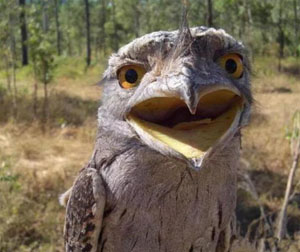
Batrachostomus hodgsoni
Batrachostomus hodgsoni,Black-capped Frogmouth, Black-capped Frogmouth, Old Fearful,Batrachostomus hodgsoni hodgsoni
The body shape of the Black-capped Frogmouth is similar to that of a nightha···
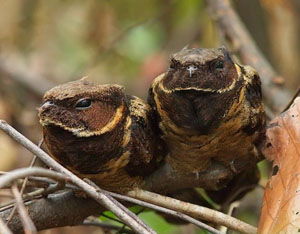
Lyncornis macrotis
Lyncornis macrotis,Eurostopodus macrotis
The hairy-legged nightjar is a medium-sized bird of the family Viperidae and···
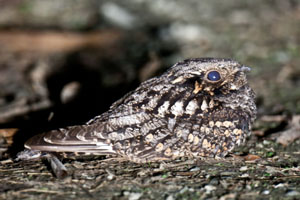
Caprimulgus indicus
Caprimulgus indicus,Jungle Nightjar,Nighthawk, mosquito-bird, bark-sticking bird, ghost bird, night swallow
Common nighthawk is a resident bird in Tibet, China, and a summer migratory ···
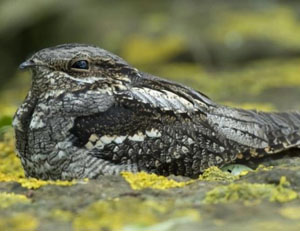
Caprimulgus europaeus
European Nightjar, Eurasian Nightjar,Caprimulgus europaeus,Eurasian Nightjar
The European Nightjar was formerly known as the goatsucker because farmers b···
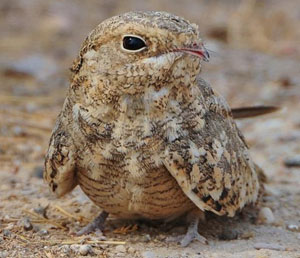
Caprimulgus aegyptius
Mosquitobird,Caprimulgus aegyptius,Egyptian Nightjar
The Egyptian Nightjar is a small bird of the family Viperidae and the genus ···

Caprimulgus macrurus
Sticking bark, mosquito-bird,Caprimulgus macrurus,Large-tailed Nightjar
The long-tailed nighthawk lives in evergreen broad-leaved forests, shrubs, s···
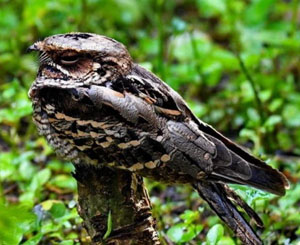
Caprimulgus affinis
Nighthawk, bark-sticking, mosquito-bird,Savannah Nightjar,Allied Nightjar
The nighthawk is a small bird of the family Noctilucentidae. Its upper body ···

Oxyura leucocephala
Oxyura leucocephala,White-headed Duck
The white-headed hardtail duck is a very typical gregarious water duck. It b···
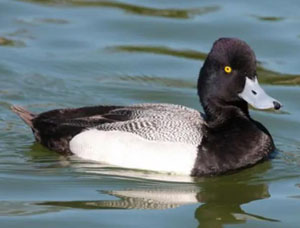
Aythya affinis
Aythya affinis,Lesser Scaup
The Lesser Pochard is a migratory bird that forms a flock of 25-50 birds whe···
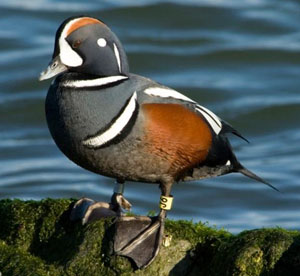
Histrionicus histrionicus
Morning Duck,Histrionicus histrionicus,Harlequin Duck,Harlequin
The ugly duck lives and inhabits streams, deep recesses between rocks and bu···
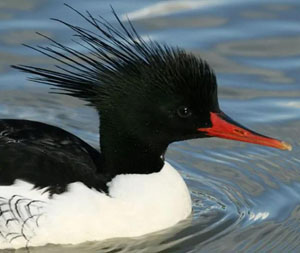
Mergus squamatus
Scaly-sided Merganser,Mergus squamatus,Chinese Merganser,Scaly-sided Merganser
The Chinese merganser is a winter guest in Suzhou, China. In late autumn, it···
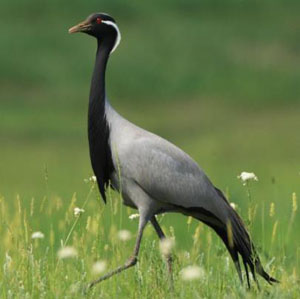
Anthropoides virgo
Anthropoides virgo,Demoiselle Crane,Lady Crane
The Demoiselle Crane is the smallest crane. It is blue-gray in color, with b···
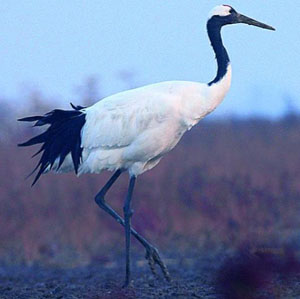
Grus japonensis
Grus japonensis,Red-crowned Crane, Japanese Crane, Manchurian Crane,Crane, Red-crowned Crane, White Crane, Mantilla
The red-crowned crane is a large wading bird with a bright red head and dist···
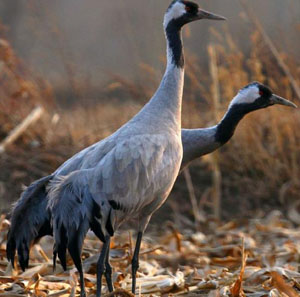
Grus grus
Grus grus,Common Crane,Thousand-year-old crane, black crane, sweet potato crane
Grey cranes are large wading birds with obvious identification characteristi···

Grus monacha
Grus monacha,Hooded Crane,Pot Crane, Black Crane, Nun Crane
The white-headed crane is a large wading bird with a long neck, beak, and le···

Grus nigricollis
Grus nigricollis,Black-necked Crane, Tibetan Crane, Grulla Cuellinegra,,Tibetan crane, wild goose, black goose, dry goose
Black-necked cranes are large flying wading birds. Except for the breeding s···
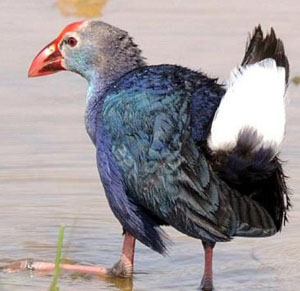
Porphyrio indicus
Porphyrio indicus,Black-backed Swamphen,Rodhoue Purple Swamphen, Reunion White Dodo
Purple moorhen is a bird of the family Raccoon of the order Gruiformes. It i···
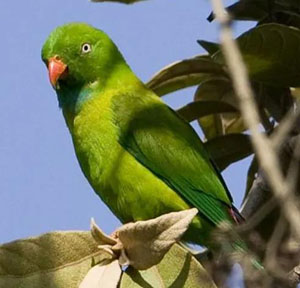
Short-tailed Parrot
Vernal hanging parrot, Indian parrot
The short-tailed parrot is a typical climbing bird, with a small body and a ···
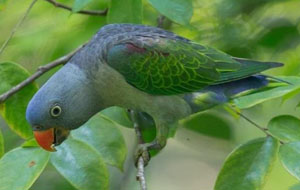
Blue-rumped Short-tailed Parrot
Blue-rumped Parrot, Mexican Parrot, Blue-rumped Parrot
The Blue-rumped Short-tailed Parrot is a small parrot, also known as the Mex···

Palaeornis eupatria
Palaeornis eupatria,Alexandrine Parakeet,Psittacula eupatria (Linnaeus, 1766),Psittacus Eupatria Linneaus, 1766,Alexan Parrot
Alexandrine parrots look a bit like ring-necked parrots, but are much larger···
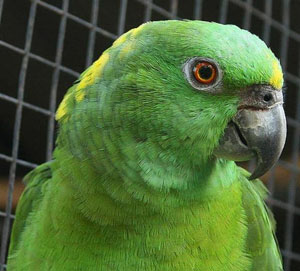
Amazona auropalliata
Amazona auropalliata,Amazona auropalliata,Yellow-necked Amazon Parrot, Yellow-necked Amazon Parrot
The yellow-necked Amazon parrot is a typical climbing bird, with two toes fa···
